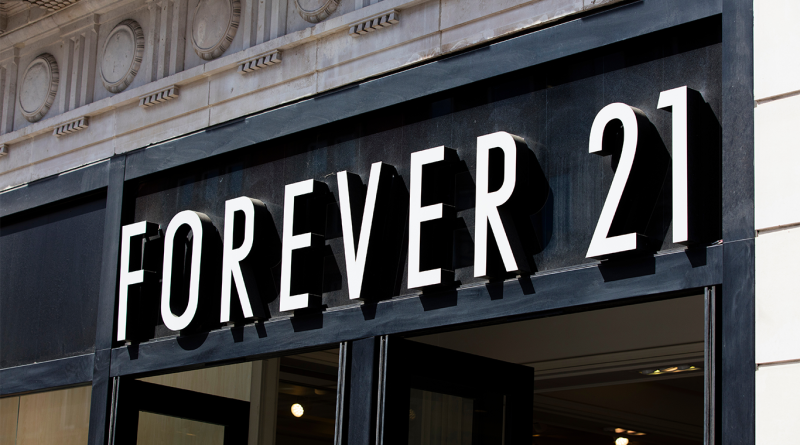Forever 21 to Exit US retail as Bankruptcy Filing Goes Public
Subscribe to our free newsletter today to keep up-to-date with the latest retail news.
Forever 21 has filed for Chapter 11 bankruptcy and will shut down all US stores by mid-2025. This is the brand’s second bankruptcy in five years and marks the end of its US retail presence.
Once a staple of American malls, Forever 21 struggled with debt, declining mall traffic, and changing consumer habits. Despite restructuring in 2019 under Authentic Brands Group, the company couldn’t regain momentum.
The brand cited inflation and weak consumer demand as key pressures. Though Forever 21 will continue operating internationally through licensing, its exit from the US highlights the retail industry’s shift away from mall-based fast fashion.
The weight of fast fashion: Industry pressures and economic strain
Over the past decade, the sector has seen unprecedented disruption. Profit margins have narrowed, consumer sentiment has shifted, and legacy brands are being outpaced by agile, digital-native competitors.
Rising production, shipping, and operational costs have squeezed margins even for high-volume retailers. Consumers, especially in the US, are becoming more selective with discretionary spending. Budget-conscious shoppers are choosing ultra-low-cost platforms like Shein or abandoning fast fashion altogether in favor of resale platforms and more sustainable alternatives.
Forever 21 found itself stuck in the middle. It was neither cheap enough to compete with digital-first newcomers nor modern enough to appeal to sustainability-focused audiences. Unlike Zara and H&M, which have attempted sustainability initiatives and built out omnichannel experiences, Forever 21 maintained a legacy model that was increasingly out of sync with customer expectations.
What happened to Forever 21’s business model
Founded in 1984 in Los Angeles by Do Won and Jin Sook Chang, the brand scaled rapidly through the 2000s with low-cost, trend-driven apparel targeted at teens and young adults. But what once made the brand successful eventually became a liability.
Overexpansion was central to its undoing. At its peak, Forever 21 operated more than 800 stores globally, often occupying large multi-level spaces in premium mall locations. As malls declined and foot traffic dropped, the retailer remained locked into expensive leases that no longer aligned with consumer behavior or sales performance.
The company also lagged in e-commerce. Unlike competitors that embraced influencer marketing, personalization, and seamless logistics, Forever 21’s digital infrastructure remained underdeveloped. It failed to deliver the kind of online shopping experience that younger consumers expect — from fast shipping to curated recommendations.
Internally, the brand lacked cohesion. While other retailers carved out clear identities or aesthetics, Forever 21 tried to cater to everyone. Its product selection often felt disjointed, and recurring concerns about quality further damaged its reputation.
Even after its first bankruptcy in 2019, efforts under new ownership focused more on cutting costs than meaningful transformation. The company closed stores and trimmed overhead, but failed to modernize its business model.
Forever 21’s departure from the US market is a symbol of deeper shifts in American retail. It marks the end of a legacy model built on foot traffic, rapid inventory turnover, and low-cost bulk production. It also highlights the urgency of digital integration, consumer alignment, and operational flexibility in today’s economy.
Sources:
